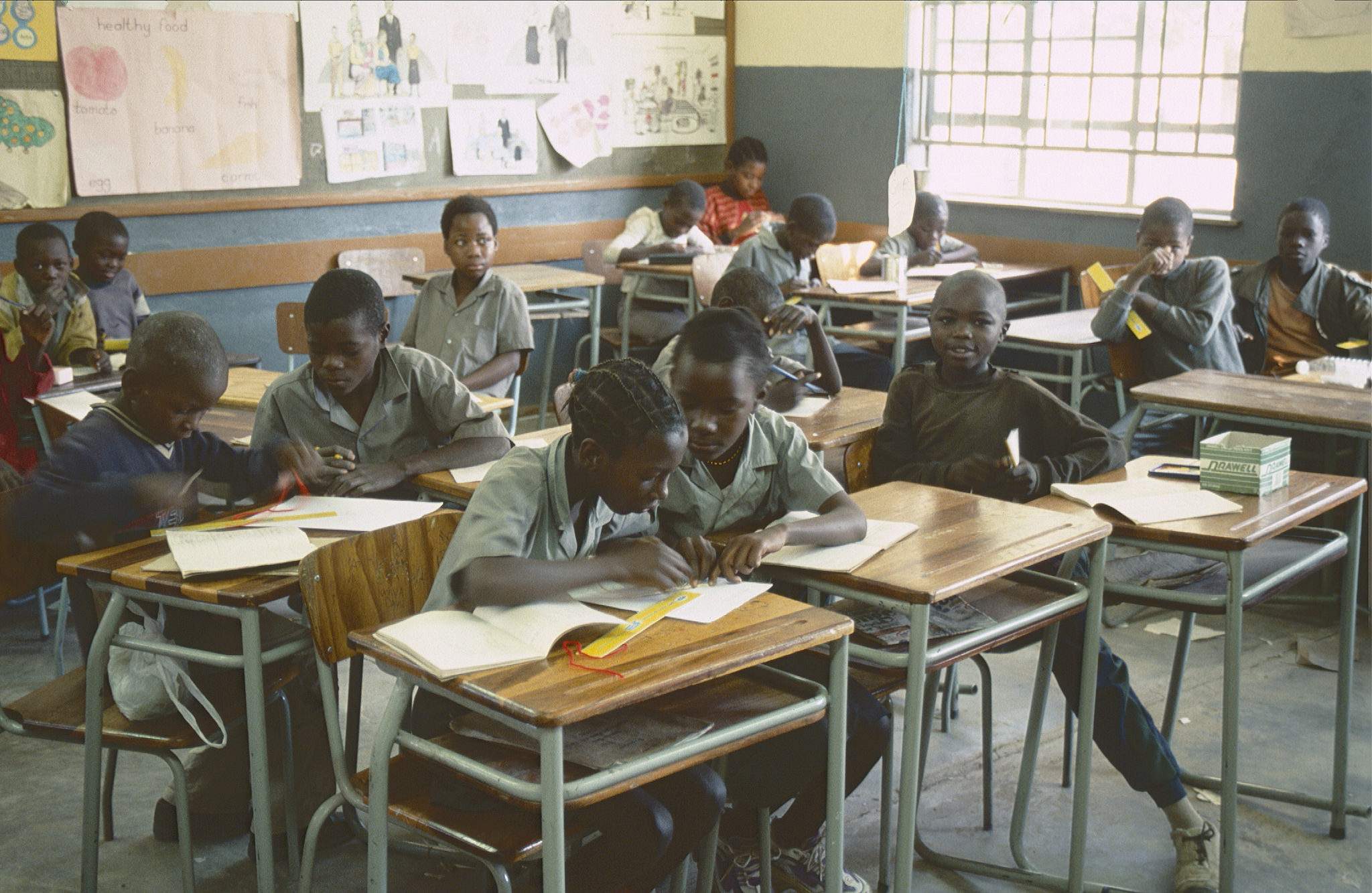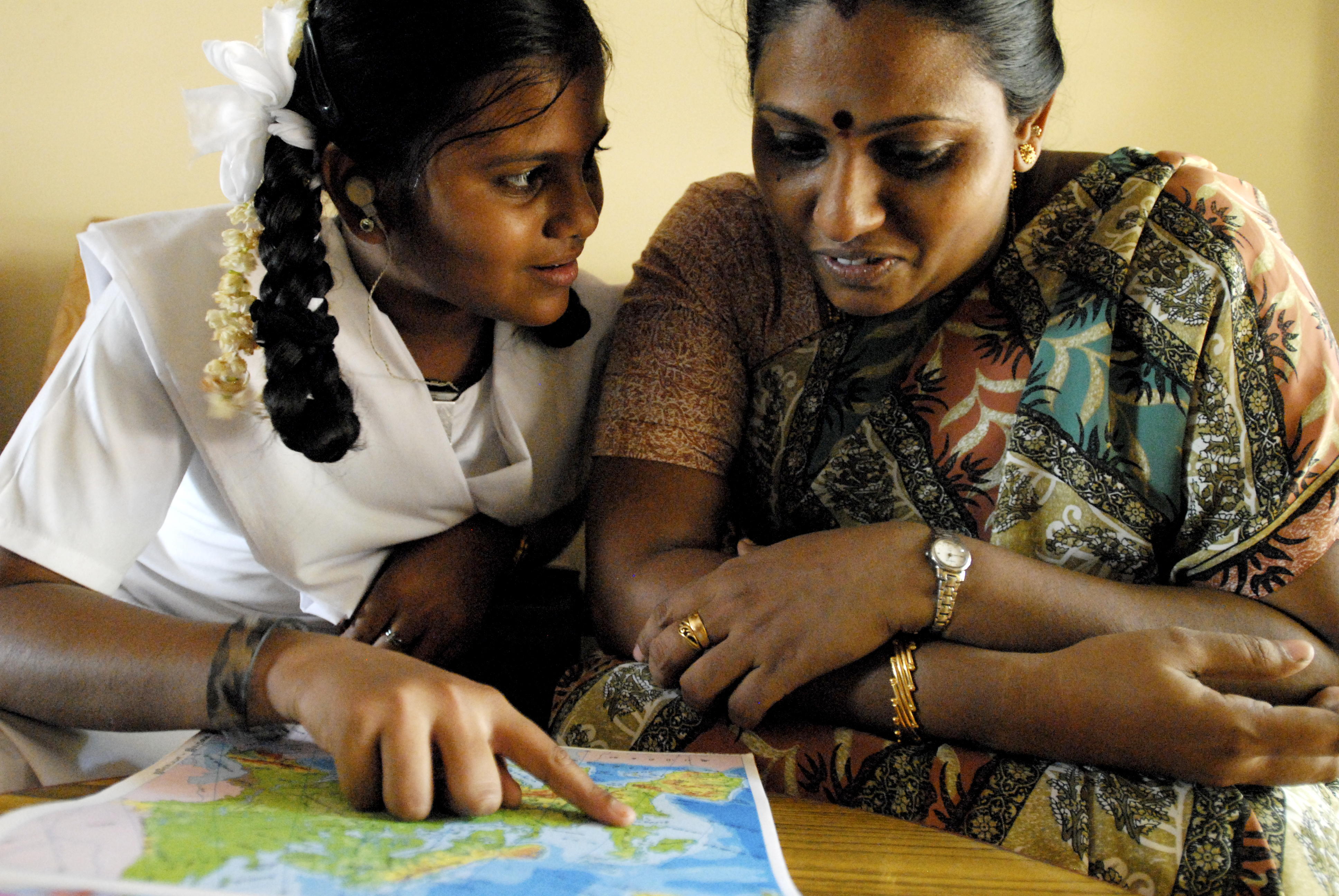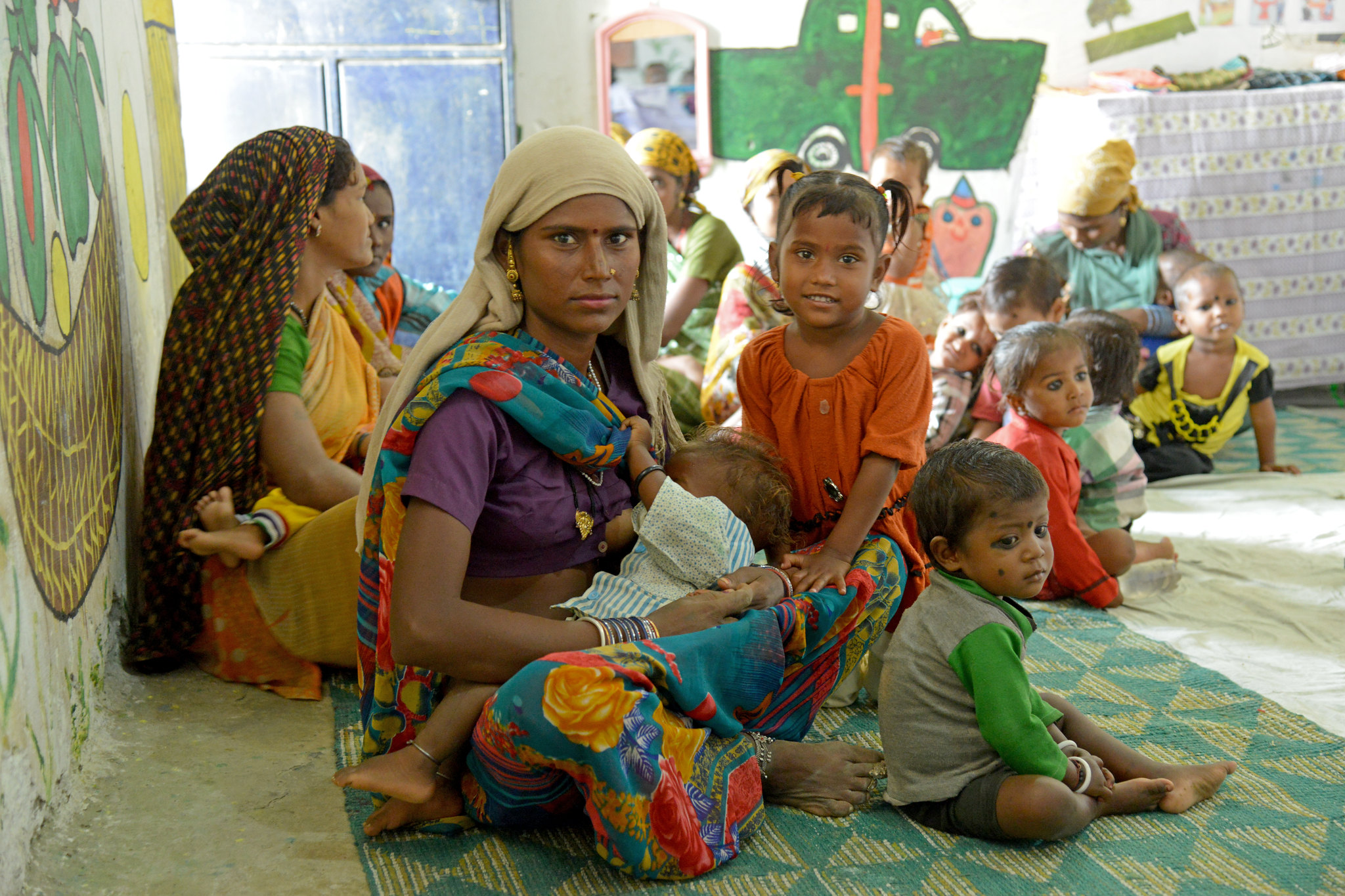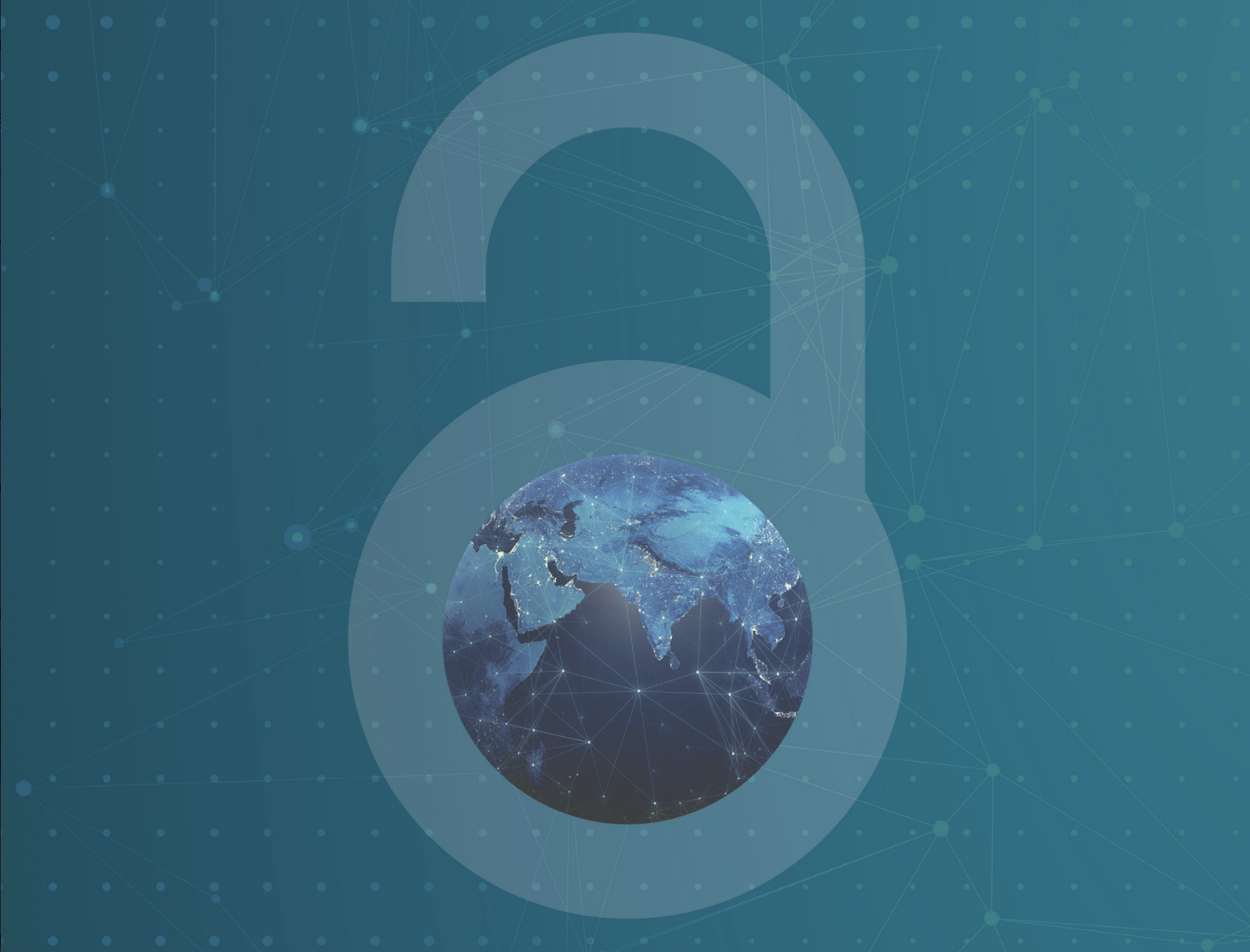Recommended

Blog Post
The Sustainable Development Goals (SDGs) for education include the goal that “all youth...achieve literacy and numeracy” (Target 4.6). Achieving some absolute standard of learning for all children is a key element of global equity in education. Using the Annual Status of Education Report (ASER) data from India and Pakistan, and Uwezo data from Kenya, Tanzania, and Uganda that test all children of given ages, whether in school or not, on simple measures of learning in math, reading (local language), and English, we quantify the role of achieving equality between the richest 20% and the poorest 40% in terms of grade attainment and learning achievement toward accomplishing the global equity goal of universal numeracy and literacy for all children. First, excluding Kenya, equalizing grade attainment between children from rich and poor households would only close between 8% (India) and 25% (Pakistan) of the gap to universal numeracy, and between 8% (Uganda) and 28% (Pakistan) of the gap to universal literacy. Second, children from the poorest 40% of households tend to have lower performance in literacy and numeracy at each grade. If such children had the learning profiles of children from rich households, we would close between 16% (Pakistan and Uganda) and 34% (India) of the gap to universal numeracy, and between 13% (Uganda) and 44% (India) of the gap to universal literacy. This shows that the “hidden exclusion” (WDR, 2018) of lower learning at the same grade levels—a gap that emerges in the earliest grades—is a substantial and often larger part of the equity gap compared to the more widely documented gaps in enrollment and grade attainment. Third, even with complete equality in grade attainment and learning achievement, children from poor households would be far from the equity goal of universal numeracy and literacy, as even children from the richest 20% of households are far from universal mastery of basic reading and math by ages 12-13. Achieving universal literacy and numeracy to accomplish even a minimal standard of global absolute equity will require more than just closing the rich-poor learning gap, it will take progress in learning for all.
Rights & Permissions
You may use and disseminate CGD’s publications under these conditions.





